A Harmony of Color, Glitter, Music, and Fast-Paced Dance Moves || Traditional Garba in Navratras, Gujarat
You cannot understand the true nature of Garba until you have visited Gujarat during the Navratras. It is not just about the dance. It is not just about the music. It is much much more than that. It is the entire atmosphere that has an underflowing rhythm that everyone seems to be tuned in to. The rhythm is not just heard in the Garba Pandals, but all over Ahmedabad, all through the day. The entire city is pulsing to its tune.
The word Garba derives from the Sanskrit word "Garbha", which means the womb. The "Garbha" is symbolized by a lamp (Garbha Deep) or an image of the Goddess Durga, placed at the center. The Garbha or the Garbha Deep symbolises the divine presence inside each human being.
Related Blogpost - Ahmedabad - One of the best places to visit during Navratris to enjoy Garba Festivities & Eventful Evenings
The dance itself is a sight to behold. Dancers form concentric circles around the Garbha while they dance in sync. The circles revolve around the Garbha andthis entire concept symbolizes the unchanging divine surrounded by an ever-changing universe.
Related Blogpost - Vadodara - One of the best places to visit during Navratris to enjoy Garba
Each Garba pandal is divided into several sections and you have to purchase tickets to enter the best areas. And most of the good pandals are expensive. However, if you don't want to dance the Garba, you can simply watch it from the viewing areas. Reach early to grab the best viewing positions.
Related Blogpost - Rani ki Vav, Patan - Largest Stepwell & A UNESCO's World Heritage Site in Gujrat
Related Blogpost - Travelling Camera in Gujarat || Visiting Bapu in Sabarmati Ashram, Ahmedabad
Related Blogpost - Sidi Sayyed Mosque - A small structure located at an ignorable location in Ahmedabad
And at times Dandiya too performed in the Garba Pandals. While Dandiya involves two wooden sticks, Garba does not. Garba is usually performed to devotional songs whereas Dandiya is also known as Dandiya-raas and is associated with Krishna and his gopis. Dandiya is performed to all kinds of music. The hybrid of Garba and Dandiya has led to the fast-paced dance that we see today.
If you visit Gujarat, especially Ahmedabad, during the Navratras, you should not only visit the pandals, but also the night market where you will find rows of shops selling chaniya-choli (traditional garba attire for women) and Kediyu (traditional garba attire for men). The number of shops in one market makes you wonder who buys these clothes year after year. One would think that the local people would have several sets stacked away. And yet these markets are crowded, with people buying stuff, left, right, and center.
Related Blogpost - Dada Harir Vav, Ahmedabad - One of the Most Stunning Stepwells with high Heritage value in Gujrat
We visited several pandals when we visited Ahmedabad and each one has a mood of its own. Some even have little Jhankis and they are usually sponsored by some big businessmen and politicians. And they are crowded. However, it still feels like a safe space for both men and women. This is the culture of Gujarat.
Related blogpost - Rani no Hajiro - An interesting heritage sight to explore near old Ahmedabad Stock Exchange in Old Ahmedabad, Gujrat
People of all age groups dance the Garba, dressed in the traditional attire. You find entire families dancing together with the same devotion, right from the teenage daughter/son to the new couples, to older people. It is an amazing experience, indeed.
Therefore, you might visit a Dandiya pandal somewhere in Delhi or anywhere else in the world, but until you have been to Gujarat in Navratras and seen the dandiya or Garba there, believe me, you haven't really experienced it.

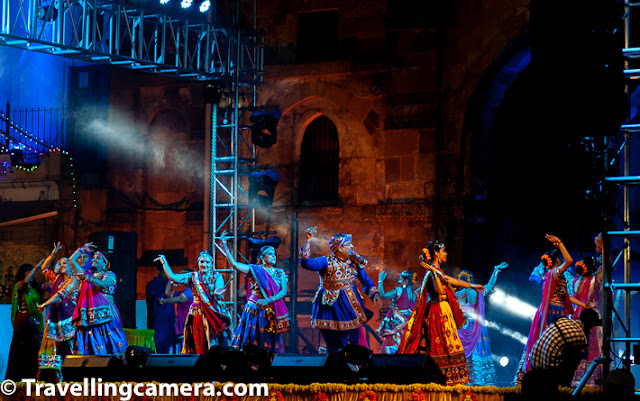



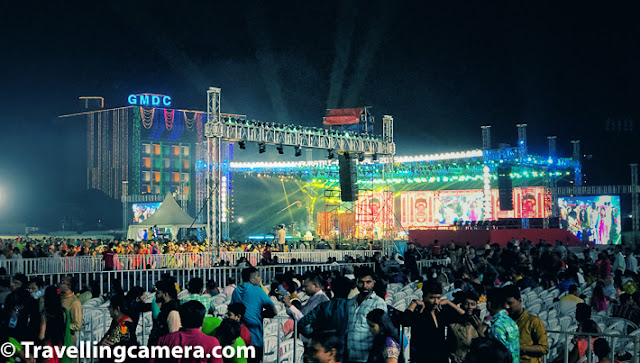

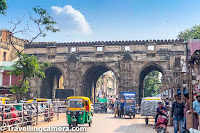
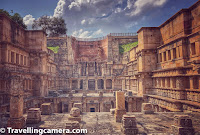
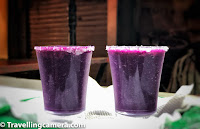
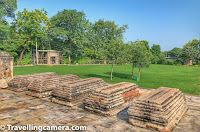
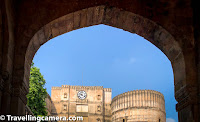
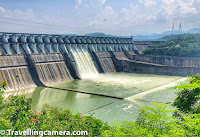


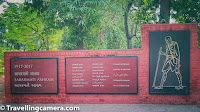
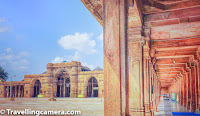

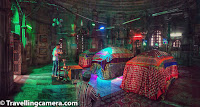

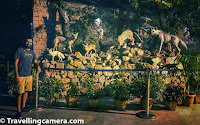

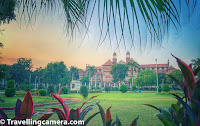
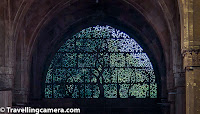
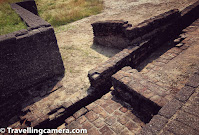



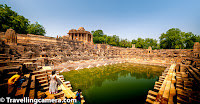

.jpg)
Comments